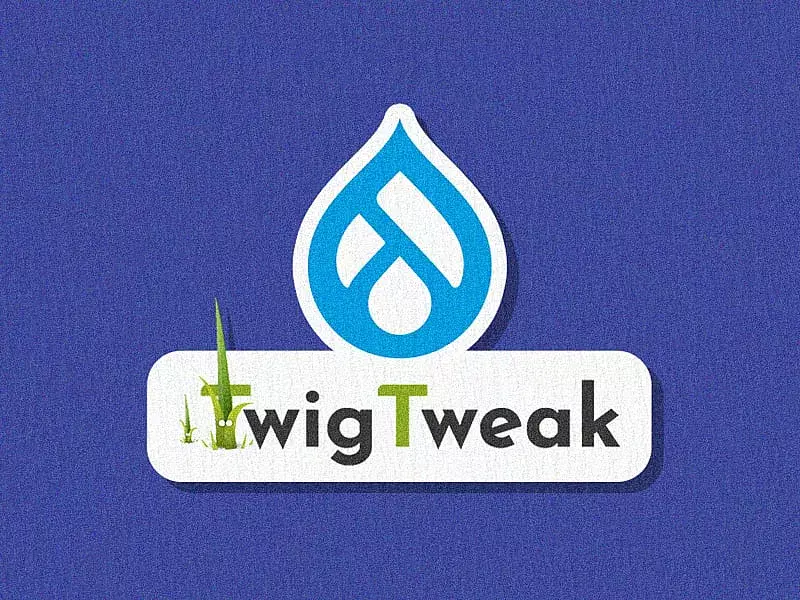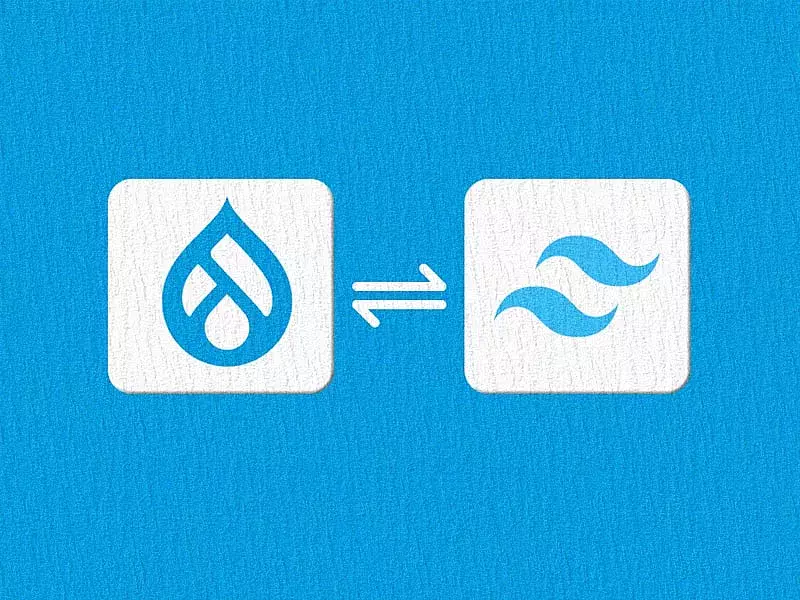Search Engine Optimization is not a destination, but a journey. Especially so with constantly changing algorithms and the influx of new websites every minute (~175). But what is it really that helps boost a website’s SEO ranking? We classify it two ways - direct and indirect methods. While direct methods include improving SEO with the help of the right content placement, usage of keywords, and mobile-friendly designs (amongst others), indirect methods include optimizing the website’s performance, improving user experience, and off-page SEO techniques.
Applying all of these techniques is crucial to optimizing your website for search engines. As a CMS, Drupal offers many direct and indirect impacting SEO boosting features. In this article, we are going to talk about some of these (sometimes hidden) features. But before we dive into how Drupal lends itself well to SEO by default and with some helping modules, it is important to know what search engines are really looking for. Keep in mind this article doesn’t include one of the most important factors for your website to rank better - the quality and relevance of content.

Understanding How Search Engines Rank a Website
The first step to understanding how search engines rank your website is to pick a search engine. And clearly, with a global market share of 83% of all search engines, you probably want to go with Google.
So what does Google really look for in your website? Here’s an excerpt straight from Google:

Let’s break them down and know what it really means:
- Meaning of the query: Involves identifying relevant results based on the intent of the query. Google uses various language models to match the words in the query with the most useful content. Thorough keyword research will help you identify and use the most trending and relevant keywords on your website.
- Relevance of the content: Google now checks if the content available contains the keywords in the query. Especially scans if the keywords are placed in the most strategic locations like the Headings (H1, H2, H3), Titles, Meta descriptions, etc. Beyond this, it also checks if the content provided on your page has enough useful information (relevant images, relevant topics) that is related to the query.
- Quality of content: This is more of an Off-page SEO factor that checks if other trusted sources have linked to the website and content. Therefore, the more quality backlinks you have, the better.
- Content and settings: In order to provide you with the most relevant results, Google needs to know you better. Like your geographic location so when you search for “Cake shops near me” from New York, you’re not taken to cake shops in Cambodia. It also checks for your search history (if enabled) to provide you with the most meaningful content. To improve this, some off-page SEO techniques like local search listing can be applied.
- Usability of web pages: Now this is where our on-page SEO techniques, which we are going to talk about in this article, come in handy! Google looks at Page experience aspects that impact user experience. Like the performance of the website, page load time, mobile friendliness, interactivity, safe browsing, accessibility, etc.
How Drupal is Good for SEO, straight out-of-the-box
Although there are many contributed modules that can help boost your SEO, Drupal also lends well to SEO by default. Let’s take a look at some of those factors that directly or indirectly help improve your Drupal website’s SEO.
1. Accelerated Performance
The Big pipe module uses the Big pipe technique (invented by Facebook) to load pages faster. It requires zero configuration and employs the Dynamic page cache module’s caching abilities to lazily load content. In reality, it improves perceived performance which helps improve the core web vitals and overall usability of your website.
In addition to that, images can now be Lazily loaded by default. Since version 9.1, Drupal has added default support to native lazy loading of images (a browser feature that defers offscreen loading of images). Since images take up a huge chunk of the bandwidth, this feature support hugely reduces the page load time of a website.
Since Drupal 9.2, support for WebP format images is now out of the box. WebP formats drastically reduce the image size while maintaining the quality and it is widely supported by modern browsers today. Using Drupal core Image Styles, you can easily convert any image (png, jpg, gif, etc) to a webP format. Additionally, you can also download the WebP Drupal module to convert your images to webP format in runtime.
2. Responsive Web Design
Not only can you provide a responsive website to your user, but now managing content on your website is also easy on the fly. Since Drupal 8, responsiveness is out of the box which means that various design elements are provided and supported to ensure your site looks great on all devices.
Scaling down a bigger image to fit a small device is harmful to performance and consumes more data as it still needs to load the bigger image first. With the Responsive image styles and Breakpoint modules, images load faster as you can now provide various breakpoints for each device and load only a particular image for the specific breakpoint.
Drupal’s new default front-end theme, Olivero, is creating waves for its modern and mobile-friendly design features. It also offers native support for CSS variables which means that changing styles based on breakpoints is now easy. Navigation elements like breadcrumbs and menus are highly optimized for mobile devices.
3. Accessibility
Drupal is constantly improving accessibility and is always committed to providing an accessible web for all. The community’s Accessibility team works towards identifying and resolving accessibility barriers. By default, Drupal offers accessibility support for features like WAI-ARIA (Web Accessibility Initiative - Accessible Rich Internet Applications) elements, Aural alerts (providing timely messages to aural users), Alt text (making images/videos more understandable), Accessible in-line forms (making it easy to identify the errors while filling up a form), Tabbing Manager (guiding non-visual users to ‘tabbable’ parts of the page) and many more. The default WYSIWYG editor, CKEditor, also supports accessibility in that it enables a good semantic structure for content.
Olivero, the default front-end theme, was designed with accessibility in mind. It has a level AA compliance with the WCAG (Web Content Accessibility Guidelines). The combination of light and dark colors in the theme also enables good accessibility. Additionally, the color contrasts used in the forms and buttons are beneficial for accessibility.
Besides Drupal's front-end theme, the back-end theme - Claro, also has high accessibility standards. It has been a part of Drupal core since version 8.8. It conforms with the WCAG 2.0 AA guidelines having a large enough base font size, careful usage of spacing, AA standard approved form elements usage, and more.
Must-have SEO-Boosting Drupal Modules
Now that we know how Drupal is great for SEO straight out of the box, let’s look into some crucial and absolutely must-have contributed Drupal modules that will enhance your website’s SEO ranking.
- Enable structured data with the Drupal MetaTag module. Read these articles to know more about the module and how to configure it.
- Generate user-friendly URLs with the Drupal PathAuto module. Read this article to learn more about the module and how to generate bulk URL aliases.
- Avoid invalid URLs and direct your users to the right path with the Drupal Redirect module. Read more about the Redirect module and other powerful Drupal SEO modules in this article.
- Find and fix broken links with the Drupal LinkChecker module. It periodically checks for broken links and generates a report for the same.
- Preview and edit SEO content in real-time with the Drupal Yoast SEO module. It also does content analysis and tells you what you are missing - like reminding you of the max length of the content, readability score, word count, right placements for the focus keyword, and more.
- Ensure your website follows all necessary SEO best practices with the SEO checklist module. It checks your website if it is search engine optimized and provides you with suggestions for improving it.
References
Final Thoughts
Optimizing your website for search engines and getting listed above your competitors is critical for business growth today. As we mentioned right at the start, SEO is a journey, a process that keeps evolving with the market trends. Drupal is an ideal choice of CMS to help you sail through that journey smoothly. At Specbee, our Drupal experts and technical SEO experts. offer a comprehensive Drupal SEO services package to help your website get to the top of all search engines. Talk to us today!








